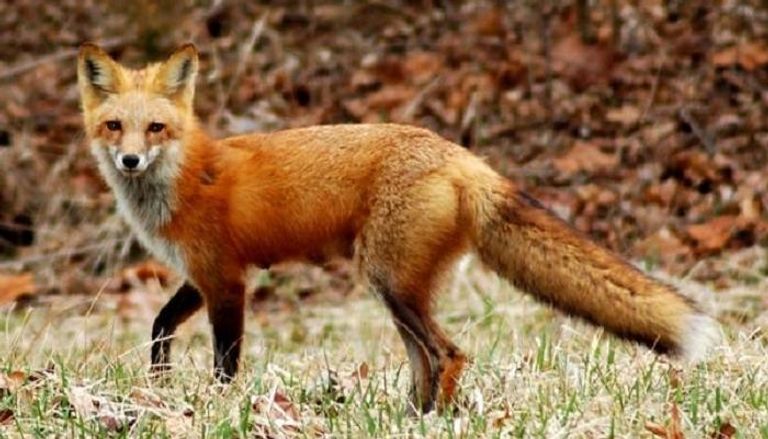Egypt stands as one of the world’s richest in biodiversity, home to animals, birds, and aquatic species.
The country’s moderate climate, with temperatures ranging between winter minimums of 14°C from November to April and average summer maximums of 30°C, caters to its two primary biomes, the Wetland Biome and the Desert Biome.
The Desert Biome dominates 92 percent of the country with its dry subtropical and tropical vegetation, including papyrus, date palms, and citrus groves.
The Wetland Biome, represented by the Nile Delta and River Valley, sustains a thriving diversity of vegetation, including papyrus reeds and various grasses, which play a critical role in maintaining Egypt’s ecological balance.
Deserts and wetlands together form vital ecosystems, two of which are Egypt’s flora and fauna, a term that refers to a country’s plant and animal life, respectively. Much like the nation’s fauna, Egypt’s flora, particularly those found in the desert habitats of Sinai, holds significant ecological value and behaves differently according to season.
Meanwhile, its fauna, encompassing mammals, 300 different types of birds, reptiles, and fish, contribute to maintaining the ecosystem’s delicate balance.
Among Egypt’s diverse fauna are domesticated animals, scarce desert wildlife such as gazelles, Nubian Ibex, jackals, wild boars, lynxes, mongooses, hyenas, and jerboas, and scarce reptiles such as the horned viper and hooded snake.
Wildlife in the Cold
When winter comes to Egypt, Egypt’s biomes switch their behavior. The Egyptian Red Fox, for example, becomes more social as it forms larger groups during mating season, leaving its typical isolation to compete for females.
Desert animals, such as the Dorcas gazelle and Egyptian hare, which usually adjust their diet based on seasonal availability, remain active hunters and grazers throughout the winter months.
Animals like the Egyptian jackal, commonly found in northern Egypt around the Nile River and Delta, often seek shelter in natural crevices or abandoned structures to conserve heat during cold nights.
Flora such as the White Egyptian Lotus, bloom in late summer. Its flowers rise above the water for three days before sinking and entering partial dormancy for the winter, letting its lily pads offer vital shelter to small creatures, including frogs and fish.
Meanwhile, migratory birds, such as the Egyptian Vulture, native to the country, breed in Europe and Central Asia and travel to Egypt in winter for a warmer climate. Seasonally migrating is essential for their survival as it allows them to find food more easily in milder climates.
Egypt’s biomes, ranging from its vast deserts to its fertile wetlands, showcase a delicate balance between its flora and fauna amidst shifting seasons.







Comments (0)